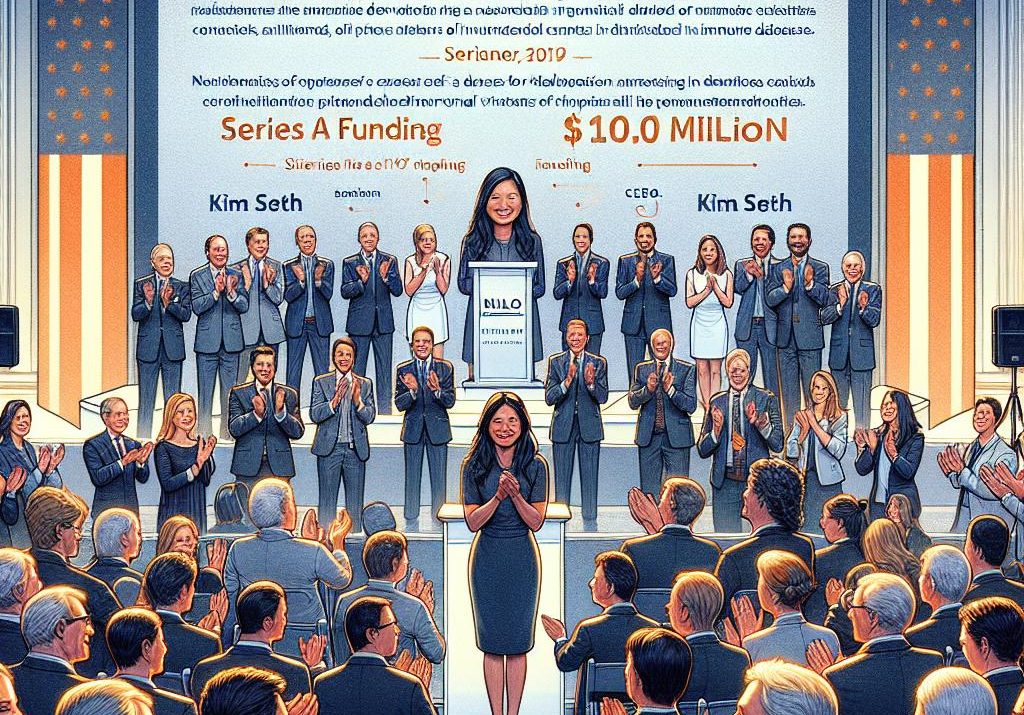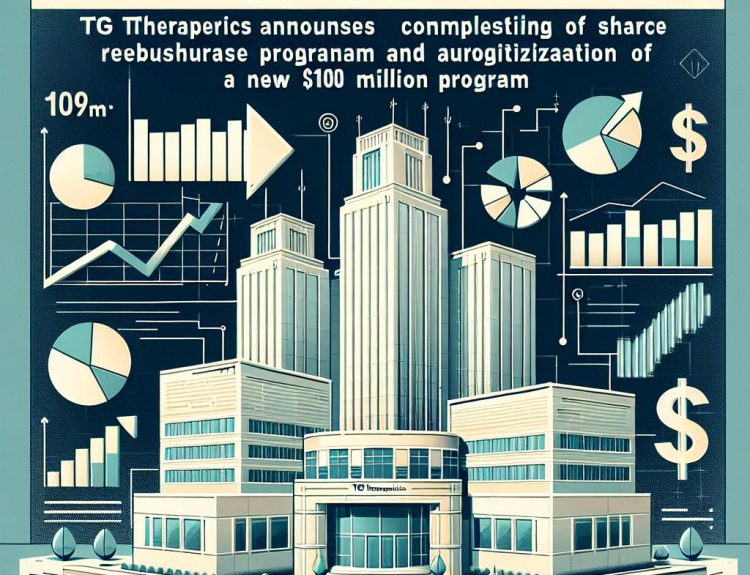Nilo Therapeutics has raised a $101 million Series A round and appointed industry veteran Kim Seth as CEO, signaling the formal debut of a neuroimmunology player aiming to restore immune homeostasis via central neural circuits. The Column Group, DCVC Bio, and Lux Capital led the financing, with participation from the Gates Foundation and Alexandria Venture Investments. Founded with scientific roots from Columbia, Yale, and Harvard, Nilo will build out a New York City laboratory, scale a cross-disciplinary R&D team, and advance preclinical programs centered on targeting specific vagal and brain-body circuits to modulate systemic inflammation. Former Prometheus Biosciences and Cellarity R&D leader Laurens Kruidenier serves as chief scientific officer.
The editorial question is whether pharmacologic control of neural-immune circuits can become the next immunology modality. For a decade, autoimmune care has been defined by incremental pathway inhibition—TNFs, IL-17/23s, JAKs—layered across lines of therapy with rising costs and partial responses. Nilo’s thesis reframes the problem upstream: treat dysregulated circuitry that orchestrates multiple immune pathways, rather than suppressing one node at a time. If this central control approach translates clinically, it could alter resistance dynamics, reduce polypharmacy, and reshape how payers assess value across chronic inflammatory conditions.
The timing matters. Despite a constrained venture climate, nine-figure Series A rounds are flowing to teams that combine high-caliber founders with tractable mechanisms and clear translational plans. The investor mix, including a global health foundation, hints at ambitions beyond a single specialty and toward broad inflammatory burdens with substantial societal cost. For patients with refractory disease, a modality that promises coordinated immune recalibration rather than broad immunosuppression could offer efficacy with a differentiated safety profile, though central nervous system activity introduces its own risk calculus that trials must address comprehensively. For HCPs in rheumatology, gastroenterology, dermatology, and neurology, this approach will demand new diagnostic and monitoring frameworks, potentially integrating neural biomarkers, heart rate variability, cytokine signatures, and real-world functional outcomes.
Commercial teams should note the strategic positioning at the interface of pharmacology and neuromodulation. Bioelectronic interventions have shown signals in rheumatoid arthritis and inflammatory bowel disease, and implantable vagus nerve stimulation is established in neurology and psychiatry. Nilo is pursuing a drug-driven route to achieve circuit-level control, which, if effective, could scale more readily than devices and slot into existing specialty distribution. Market access will hinge on early, indication-specific evidence that the modality delivers additive or superior outcomes versus entrenched biologics, preferably with steroid-sparing effects and durable remission. Pricing latitude will depend on demonstrable reductions in total cost of care, fewer infections, and less treatment cycling.
Competitionally, large I&I franchises at AbbVie, J&J, Lilly, Novartis, and Merck are expanding beyond single-pathway bets, as seen in precision immunology deals and data-driven patient stratification. Nilo’s leadership profile—company building, BD fluency, and translational immunology—suggests a platform partnering strategy alongside asset advancement. Early decisions on first indication, CNS exposure requirements, and biomarker endpoints will telegraph the regulatory playbook and partnering appetite.
The next 12 to 24 months will reveal whether neuroimmune circuit pharmacology can produce clean, reproducible signals in well-trodden indications like ulcerative colitis or rheumatoid arthritis. The sharper question for Commercial and Medical leaders is this: will targeting central control nodes emerge as a fifth pillar of immunology alongside small molecules, biologics, cell and gene therapies, and devices—or remain an elegant thesis without the translational fidelity to displace today’s pathway-first standard?
Jon Napitupulu is Director of Media Relations at The Clinical Trial Vanguard. Jon, a computer data scientist, focuses on the latest clinical trial industry news and trends.







